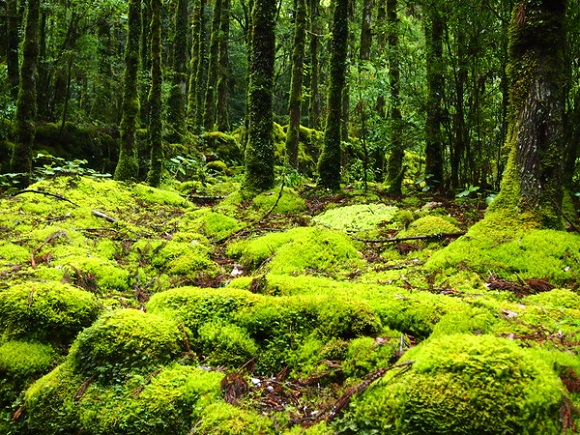
Hayao Miyazaki has made his retirement official, leaving long-time fans heart-broken. Though you might be tempted to buy a gallon of ice cream, lock yourself in your room, and binge while marathon-watching Studio Ghibli films, we have a slightly healthier way of dealing with the black, gaping hole in your heart. Why not take a trip to Yakushima’s Shiratani Unsui Ravine and the “Moss Covered Forest,” the inspiration for Princess Mononoke??
Japanese blog Another Tokyo recently sent a writer to Yakushima to check out the ravine that Miyazaki visited numerous times while in the process of making Princess Mononoke. If you’ve never heard of Yakushima before, it is an island about 60 kilometers (about 37.2 miles) south-southwest of Kagoshima Prefecture in Kyushu. With just over 20 percent of the island designated a World Heritage Site by UNESCO and about 95.5 percent of the island under the protection of the forestry department, much has been done to preserve its natural beauty–though the massive influx of tourists due to its designation has made things a bit difficult. Nonetheless, as you will see in the photos below, Yakushima and the Shiratani Unsui Ravine are among the most beautiful places on earth. It’s easy to understand why Miyazaki was so inspired by the island!
After a four-hour ferry ride from Kagoshima, you arrive at Yakushima, where an entirely magical world awaits. The more jaded among you may scoff at the phrase “magical world,” but you’ll change your mind as we journey deeper into the thick of the island. To get to Shiratani Unsui Ravine from the ferry, you take a bus into the mountains which cover almost the entire island and then hike for about 90 minutes. Below is the entrance to the path to the anime-inspiring ravine!
▼ Every time we see this picture, we feel like reaching for our demon-killing sword.
The island gets rain about 15 days a month, while also having relatively warm temperatures throughout the year–which results in some of the most glorious mist you’ll find in Japan!
Though you might not believe it based on the picture below, the path to Shiratani Unsui Ravine is properly laid out with bridges, stairs, and wood to help you keep your footing. Also, we imagine, to keep people on the trail so as not to trample and destroy the natural landscape.
▼ It’s not an adventure without a suspension bridge!
As you travel further into the mountains and the sun starts to burn off some of the fog hanging in the air, you see around you a world that seems straight out of an RPG. Or maybe RPGs are all straight out of Yakushima? We probably shouldn’t think about this too hard…
▼ It really does look as if forest spirits could appear at any moment.
Massive trees, such as southern Japanese hemlocks, Japanese cedars, and Momi firs stand tall along the path. As you can see in the pictures, a thick layer of moss also covers almost every surface.
If you’re lucky, a Yakushima deer will appear! Yakushima deer are smaller than the deer one would find on the mainland of Japan. Their horns usually only grow out about 30 centimeters (11 inches) as opposed to the average Japanese deer whose horns reach 60 centimeters (23 inches) in length. As you might have guessed from the photo below, the deer tend to stay in the mountains, though they also appear around the park, probably to pose for photos. Everyone knows Yakushima deer are fame hungry!
▼ No! Come back! We only want to love you!
It’s actually possible to stay out in the mountains–if you want. The structure above even has a toilet, though we’re not sure if it’s a western-style toiler or a knee-destroying Japanese-style toilet. Just because Japanese-style toilets are better for your insides doesn’t mean they’re better for your old, creaking joints!
And a little bit further down the road you come to the kuguri cedar–kuguri is the noun form of the verb kuguru which means to go under something or to slip through a crack. You can probably imagine how this tree got its name.
▼ Never mind Princess Mononoke, did we just see a hobbit?
The sign next to the scraggly tree above says that they’re looking for nicknames for the tree. We’re thinking “Treebeard.”
As you travel along the trail, the moss grows thicker and more plentiful. It’s such a trademark of the island that you can even take a “moss-green trekking” tour (Japanese only)!
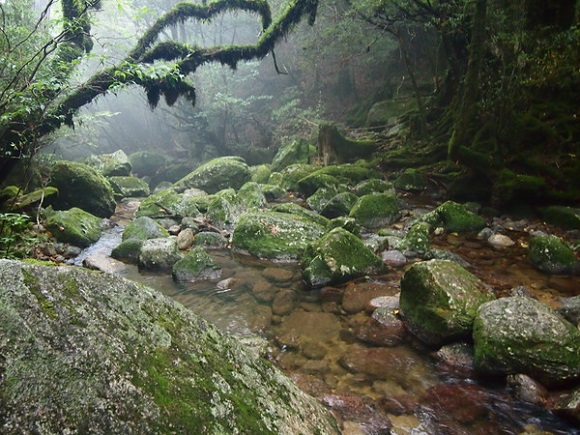
Once the mist finally clears off, the moss really comes alive, glowing in the sunlight. It may be a bit strange to think of moss as being “beautiful,” but it is the perfect word in this case.
As you can see in the photo above, the moss grows very thick, and forms a blanket over rocks and trees. Apparently, the moss is slightly warm to the touch and kind of fluffy, too. Hmm… maybe we should try actually making blankets out of it! Who wants to buy a specially branded RocketNews24 Yakushima Moss Blanket?
▼ The “Moss Covered Forest”
▼ Yes, this looks familiar because you saw it in Princess Mononoke.
The real thing is just slightly more gorgeous. Just slightly.
This is the “Moss Covered Forest” and the end of the trail, though as you could see in the stunning photos above, it’s hardly the only moss-covered point on the island. But it definitely does grow much thicker here, doesn’t it? And even just a simple photo like the one above reveals a breathtaking, otherworldly scene–a place of perfect serenity.
If you’re feeling motivated by these gorgeous photos–and we’d be surprised if you weren’t–then you might want to take a trip to Yakushima yourself. It’ll take a bit of doing on your part–the most direct route to Yakushima is through Kagoshima, which is already pretty far south for most people in Japan. That said, nothing worth doing is easy, right? For more information on visiting Yakushima, check out Yakumonkey.com.
Sources: Another Tokyo, Yakushima Town Official Web Site, Wikipedia, Real Wave
Images published with persmission of: Another Tokyo

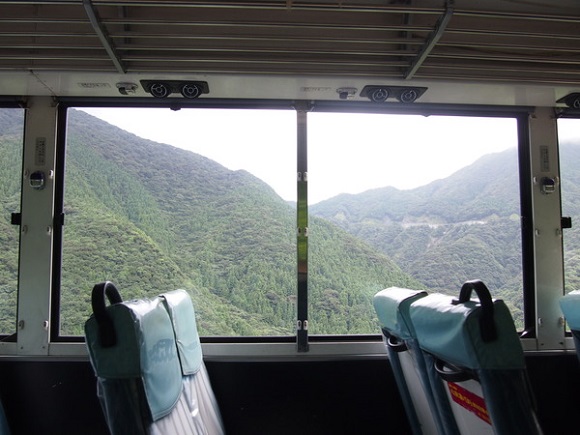
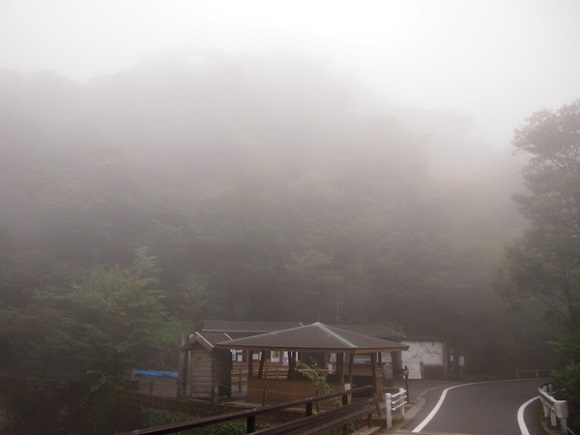
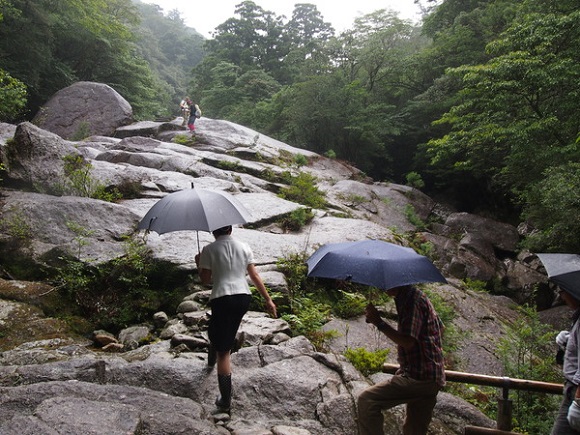

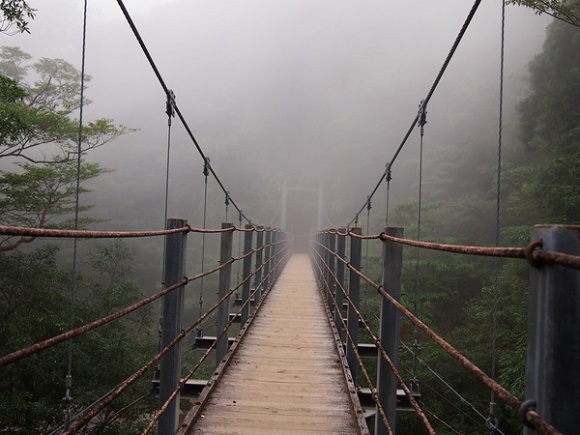

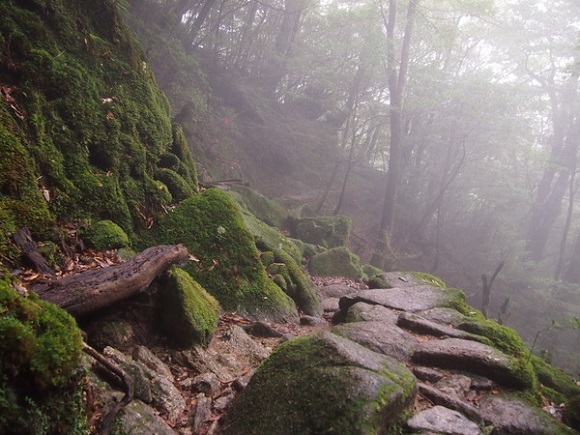
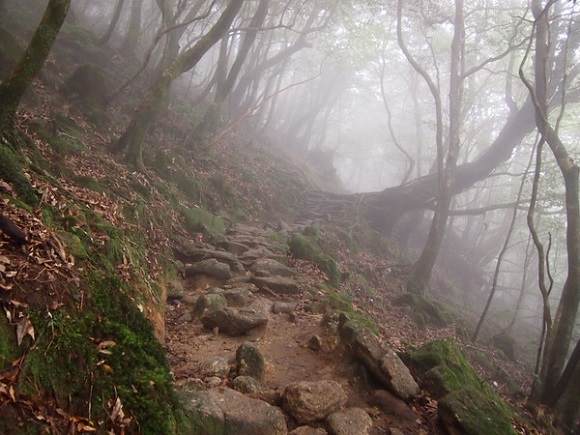
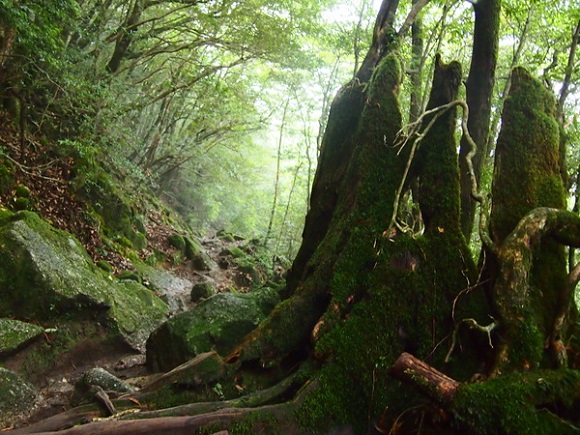
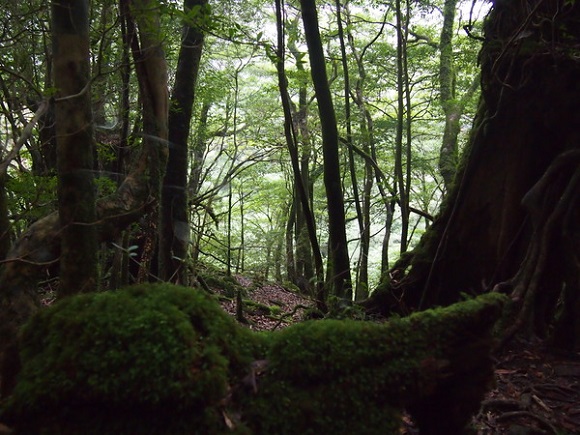
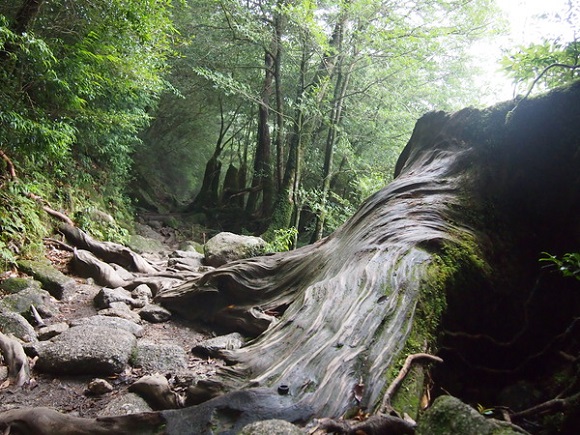
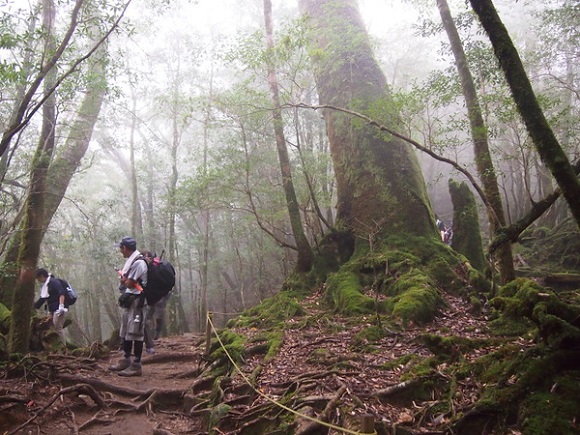
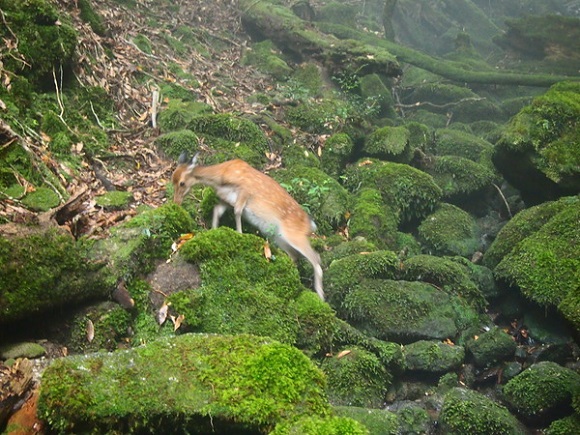
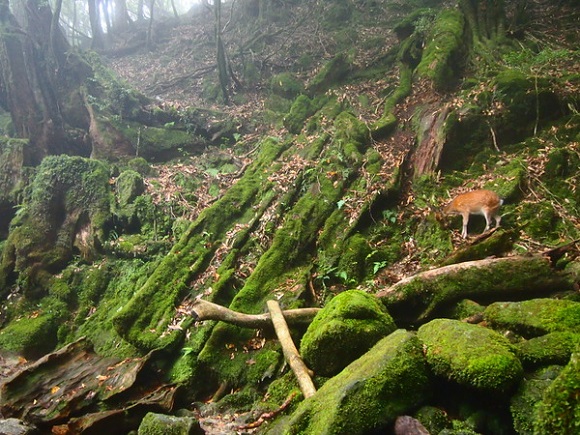

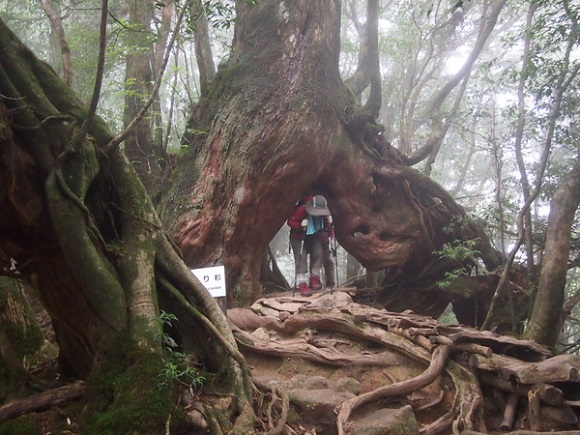
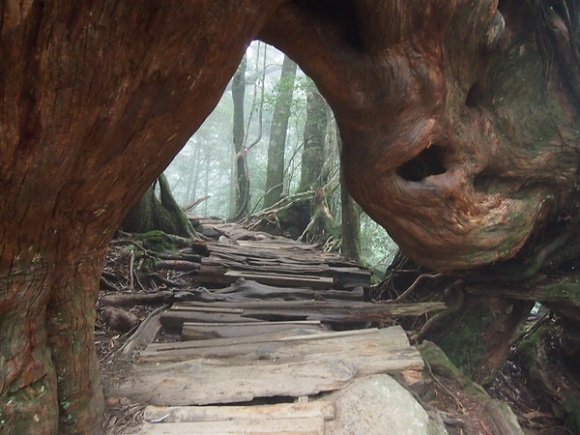
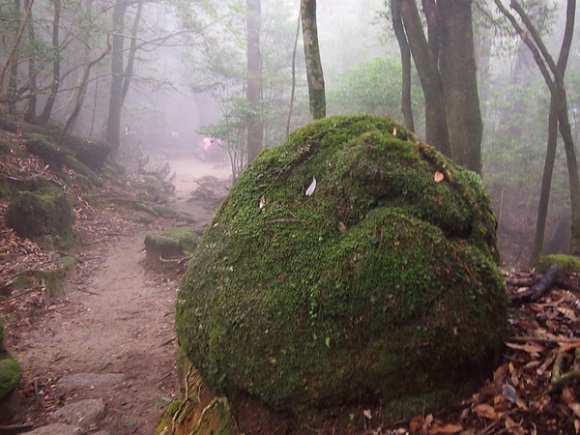
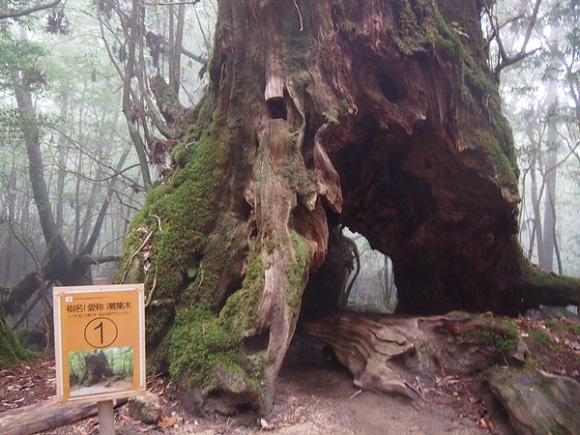
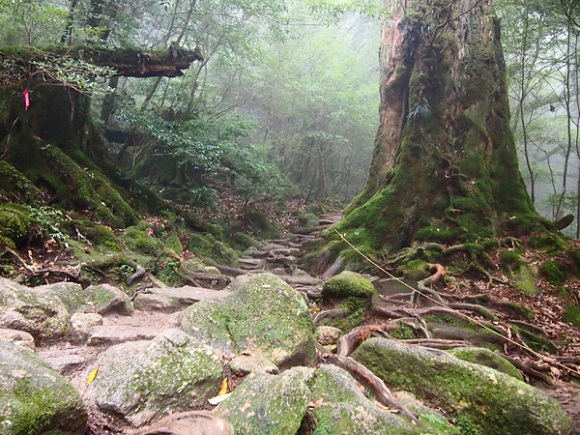
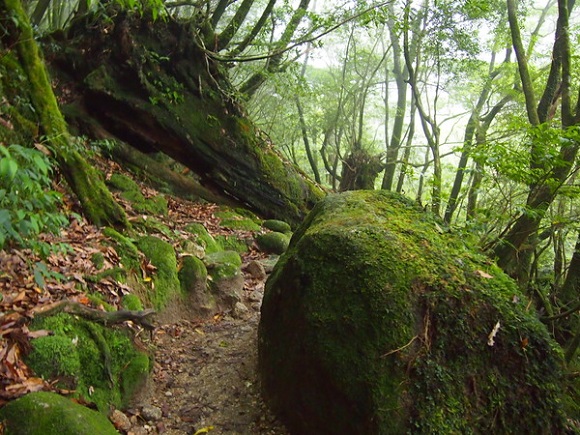
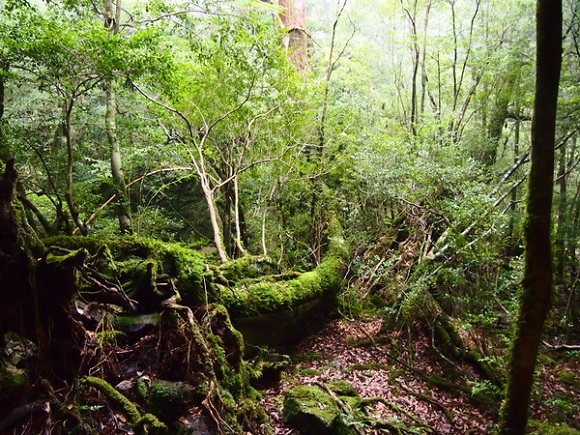
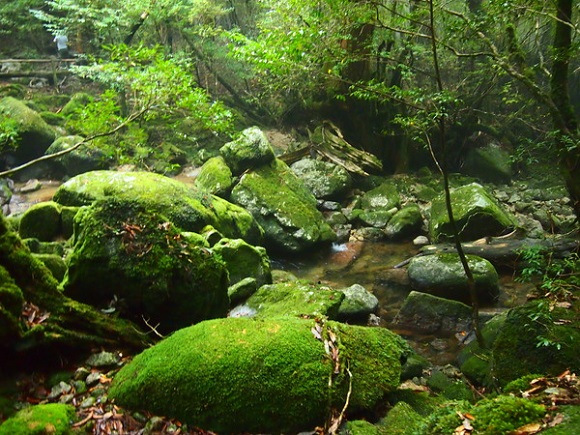
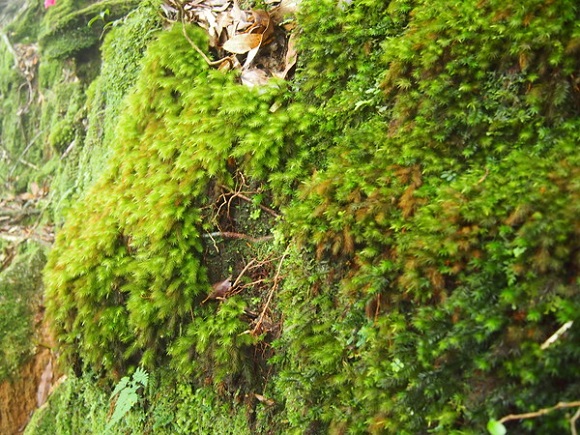
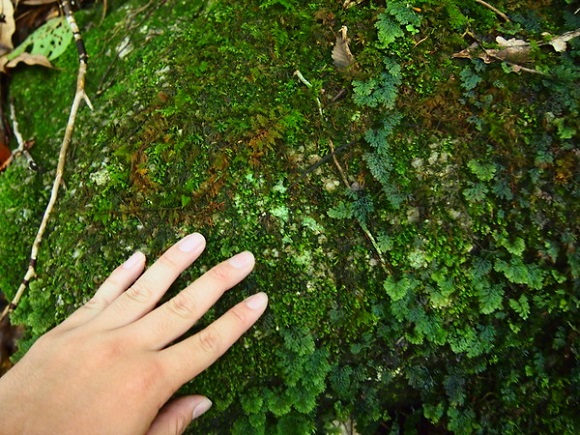
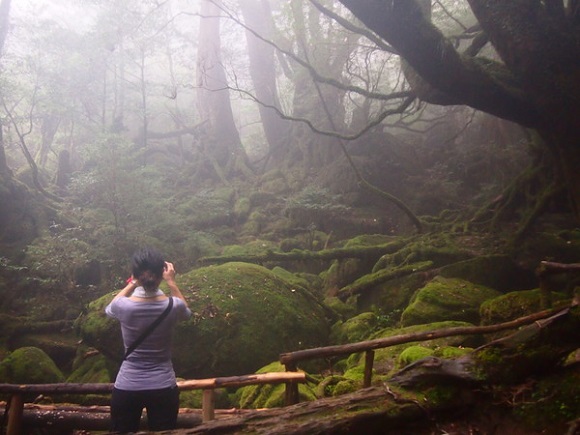
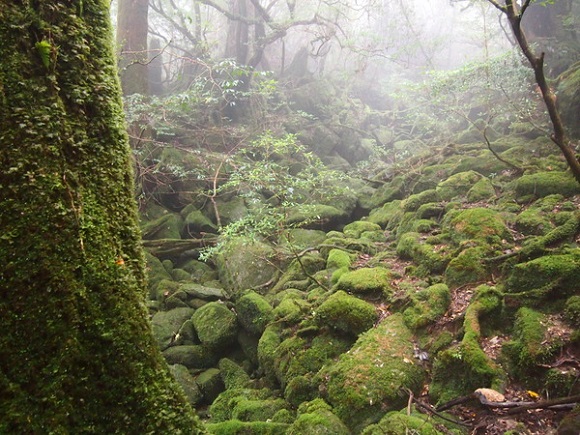
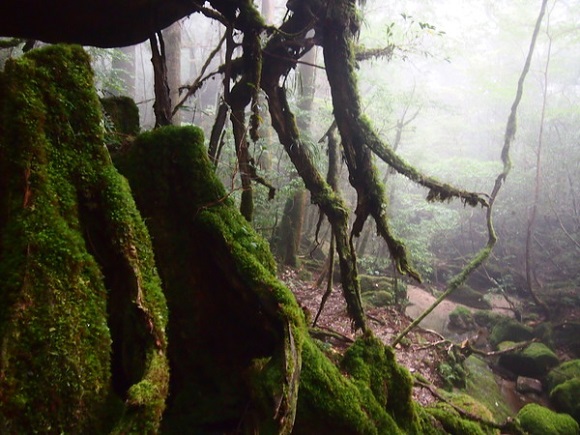
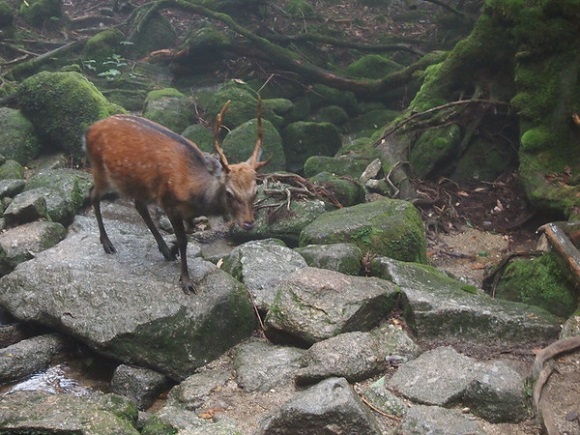
 42 thoughts that crossed our mind when visiting the forest that inspired Princess Mononoke
42 thoughts that crossed our mind when visiting the forest that inspired Princess Mononoke No car? No problem! We find photogenic hidden gems in Yakushima that are easy to get to
No car? No problem! We find photogenic hidden gems in Yakushima that are easy to get to Cola made from the island that inspired Princess Mononoke begins crowdfunding
Cola made from the island that inspired Princess Mononoke begins crowdfunding Shiratani Unsuikyo: The breathtaking anime setting where Princess Mononoke was born
Shiratani Unsuikyo: The breathtaking anime setting where Princess Mononoke was born 3,000-year-old tree in Japan’s Princess Mononoke forest snapped in two by typhoon【Video】
3,000-year-old tree in Japan’s Princess Mononoke forest snapped in two by typhoon【Video】 Cyberpunk anime meets traditional culture in Ghost in the Shell gold leaf Japanese changing screens
Cyberpunk anime meets traditional culture in Ghost in the Shell gold leaf Japanese changing screens 7-Eleven Japan’s ramen-cooking robot whipped us up a bowl of noodles【Taste test】
7-Eleven Japan’s ramen-cooking robot whipped us up a bowl of noodles【Taste test】 More Than a Capsule Stay: Why Solo Travelers Choose “global cabin Yokohama Chinatown”
More Than a Capsule Stay: Why Solo Travelers Choose “global cabin Yokohama Chinatown” This is possibly the coziest train in all Japan thanks to onboard hot spring footbaths【Pics】
This is possibly the coziest train in all Japan thanks to onboard hot spring footbaths【Pics】 Starbucks Japan ready to get Year of the Horse started with adorable drinkware and plushies【Pics】
Starbucks Japan ready to get Year of the Horse started with adorable drinkware and plushies【Pics】 J-horror classic Ring 2 airing on Japanese TV with Zen monk offering prayers every time someone dies
J-horror classic Ring 2 airing on Japanese TV with Zen monk offering prayers every time someone dies Real Buddhist monk plays Super Mario Bros., recites prayers every time he kills an enemy【Video】
Real Buddhist monk plays Super Mario Bros., recites prayers every time he kills an enemy【Video】 Who shall I be today? The amazing makeup skills of Zawachin
Who shall I be today? The amazing makeup skills of Zawachin Japanese schoolgirls’ hemlines are still up, but socklines are way down
Japanese schoolgirls’ hemlines are still up, but socklines are way down Mister Donut Japan to Change Product Ingredients for First Time in 42 Years
Mister Donut Japan to Change Product Ingredients for First Time in 42 Years Disillusionment at Tsukiji’s tourist-target prices led us to a great ramen restaurant in Tokyo
Disillusionment at Tsukiji’s tourist-target prices led us to a great ramen restaurant in Tokyo Japan may add Japanese language proficiency, lifestyle classes to permanent foreign resident requirements
Japan may add Japanese language proficiency, lifestyle classes to permanent foreign resident requirements Lacquerware supplier to emperor of Japan and Pokémon team up for new tableware
Lacquerware supplier to emperor of Japan and Pokémon team up for new tableware Starbucks Japan releases new zodiac chilled cup drink for 2026
Starbucks Japan releases new zodiac chilled cup drink for 2026 Japan’s otoshidama tradition of giving kids money at New Year’s gets a social welfare upgrade
Japan’s otoshidama tradition of giving kids money at New Year’s gets a social welfare upgrade Hello Kitty Choco Egg figures are an adorable trip through three periods of Japanese pop culture【Pics】
Hello Kitty Choco Egg figures are an adorable trip through three periods of Japanese pop culture【Pics】 7-Eleven Japan starts new temporary luggage storage service in over 300 branches
7-Eleven Japan starts new temporary luggage storage service in over 300 branches Can a dirty butthole make you filthy rich in Japan? We’re starting a New Year’s lottery experiment
Can a dirty butthole make you filthy rich in Japan? We’re starting a New Year’s lottery experiment Japan’s human washing machines will go on sale to general public, demos to be held in Tokyo
Japan’s human washing machines will go on sale to general public, demos to be held in Tokyo Starbucks teams up with 166-year-old Kyoto doll maker for Year of the Horse decorations【Photos】
Starbucks teams up with 166-year-old Kyoto doll maker for Year of the Horse decorations【Photos】 Tokyo considering law requiring more trash cans following litter increase in heavily touristed area
Tokyo considering law requiring more trash cans following litter increase in heavily touristed area Tokyo’s Tsukiji sushi neighborhood asks tour groups to stay away for the rest of the month
Tokyo’s Tsukiji sushi neighborhood asks tour groups to stay away for the rest of the month Nintendo’s Kirby now delivering orders at Kura Sushi restaurants, but not in Japan
Nintendo’s Kirby now delivering orders at Kura Sushi restaurants, but not in Japan Tokyo event lets you travel back in time, for free, to celebrate 100 years since Showa era start
Tokyo event lets you travel back in time, for free, to celebrate 100 years since Showa era start Sanrio theme park in Japan announces plans to expand into a Sanrio resort
Sanrio theme park in Japan announces plans to expand into a Sanrio resort Stamina-destroying “Paralysis Noodles” are Tokyo’s newest over-the-top ramen innovation
Stamina-destroying “Paralysis Noodles” are Tokyo’s newest over-the-top ramen innovation Survey asks foreign tourists what bothered them in Japan, more than half gave same answer
Survey asks foreign tourists what bothered them in Japan, more than half gave same answer Japan’s deadliest food claims more victims, but why do people keep eating it for New Year’s?
Japan’s deadliest food claims more victims, but why do people keep eating it for New Year’s? We deeply regret going into this tunnel on our walk in the mountains of Japan
We deeply regret going into this tunnel on our walk in the mountains of Japan Studio Ghibli releases Kodama forest spirits from Princess Mononoke to light up your home
Studio Ghibli releases Kodama forest spirits from Princess Mononoke to light up your home Major Japanese hotel chain says reservations via overseas booking sites may not be valid
Major Japanese hotel chain says reservations via overseas booking sites may not be valid Put sesame oil in your coffee? Japanese maker says it’s the best way to start your day【Taste test】
Put sesame oil in your coffee? Japanese maker says it’s the best way to start your day【Taste test】 The top 10 annoying foreign tourist behaviors on trains, as chosen by Japanese people【Survey】
The top 10 annoying foreign tourist behaviors on trains, as chosen by Japanese people【Survey】 No more using real katana for tourism activities, Japan’s National Police Agency says
No more using real katana for tourism activities, Japan’s National Police Agency says Starbucks Japan reveals new sakura drinkware collection, inspired by evening cherry blossoms
Starbucks Japan reveals new sakura drinkware collection, inspired by evening cherry blossoms New Ghibli anime’s theme song gets music video shot on island that inspired Princess Mononoke【Vid】
New Ghibli anime’s theme song gets music video shot on island that inspired Princess Mononoke【Vid】 Don’t let the rain get you down! Here are Japan’s top 10 most beautiful rainy day travel spots
Don’t let the rain get you down! Here are Japan’s top 10 most beautiful rainy day travel spots The little-known inspiration for Princess Mononoke: A manga about a tribe in Papua New Guinea
The little-known inspiration for Princess Mononoke: A manga about a tribe in Papua New Guinea Princess Mononoke’s Great Forest Spirit figure adds solemn Ghibli style to any home【Photos】
Princess Mononoke’s Great Forest Spirit figure adds solemn Ghibli style to any home【Photos】 Tattoos, murder, and a Totoro connection? Studio Ghibli reveals secrets of Princess Mononoke
Tattoos, murder, and a Totoro connection? Studio Ghibli reveals secrets of Princess Mononoke Princess Mononoke gets first-ever IMAX screenings to show off gorgeous new remaster【Video】
Princess Mononoke gets first-ever IMAX screenings to show off gorgeous new remaster【Video】 Now’s your chance to ask Studio Ghibli ANYTHING you want about Princess Mononoke
Now’s your chance to ask Studio Ghibli ANYTHING you want about Princess Mononoke Love Ghibli’s Castle in the Sky? Check out these real Laputa-like locations!
Love Ghibli’s Castle in the Sky? Check out these real Laputa-like locations! Princess Mononoke head magnets return, now with way to bypass blind-buy game of chance【Pics】
Princess Mononoke head magnets return, now with way to bypass blind-buy game of chance【Pics】 This “power spot” in Kumamoto, Japan looks straight out of a Ghibli movie, is pure magic 【Photos】
This “power spot” in Kumamoto, Japan looks straight out of a Ghibli movie, is pure magic 【Photos】 Ghibli theme park will recreate Howl’s castle, Princess Mononoke’s Irontown, and Kiki’s house
Ghibli theme park will recreate Howl’s castle, Princess Mononoke’s Irontown, and Kiki’s house New Princess Mononoke accessory line has Kodama for your ears, wolves for your fingers【Photos】
New Princess Mononoke accessory line has Kodama for your ears, wolves for your fingers【Photos】 Ghibli Park’s new Princess Mononoke area reveals real-world mythical beasts, Irontown【Videos】
Ghibli Park’s new Princess Mononoke area reveals real-world mythical beasts, Irontown【Videos】 Ghibli Princess Mononoke Face Magnets return to stores, are ready to move to your fridge【Photos】
Ghibli Princess Mononoke Face Magnets return to stores, are ready to move to your fridge【Photos】 You can wear the Princess Mononoke curse on your fingers with new Ghibli ring and accessory line
You can wear the Princess Mononoke curse on your fingers with new Ghibli ring and accessory line
Leave a Reply